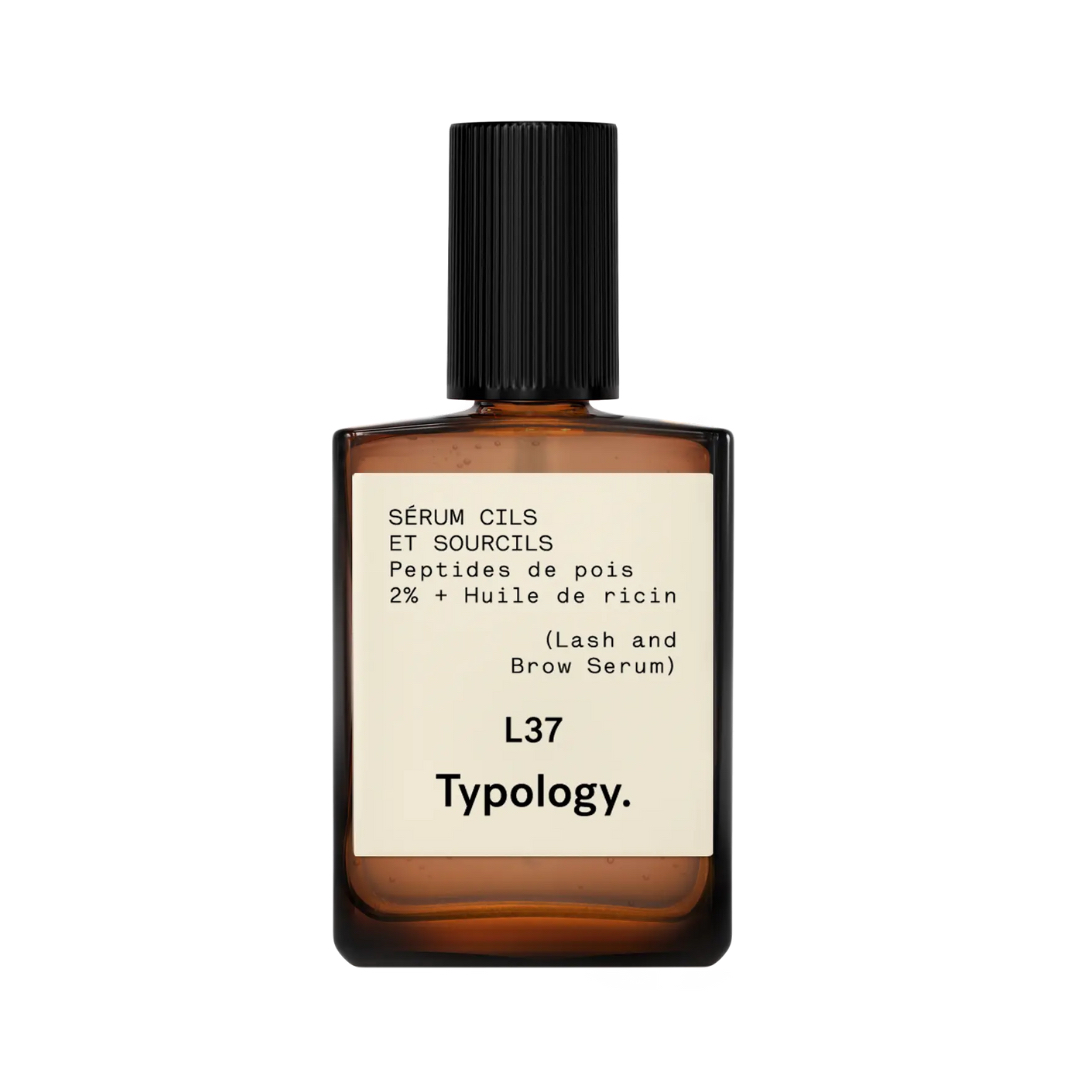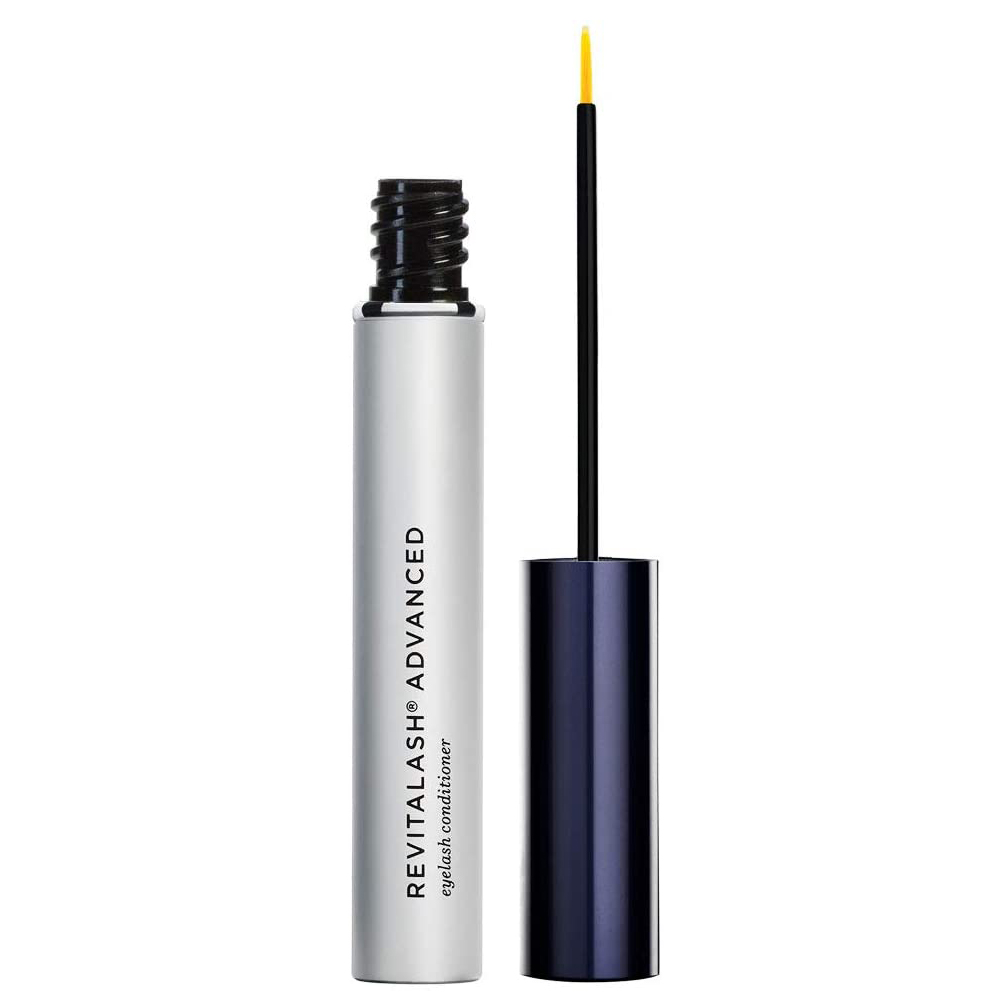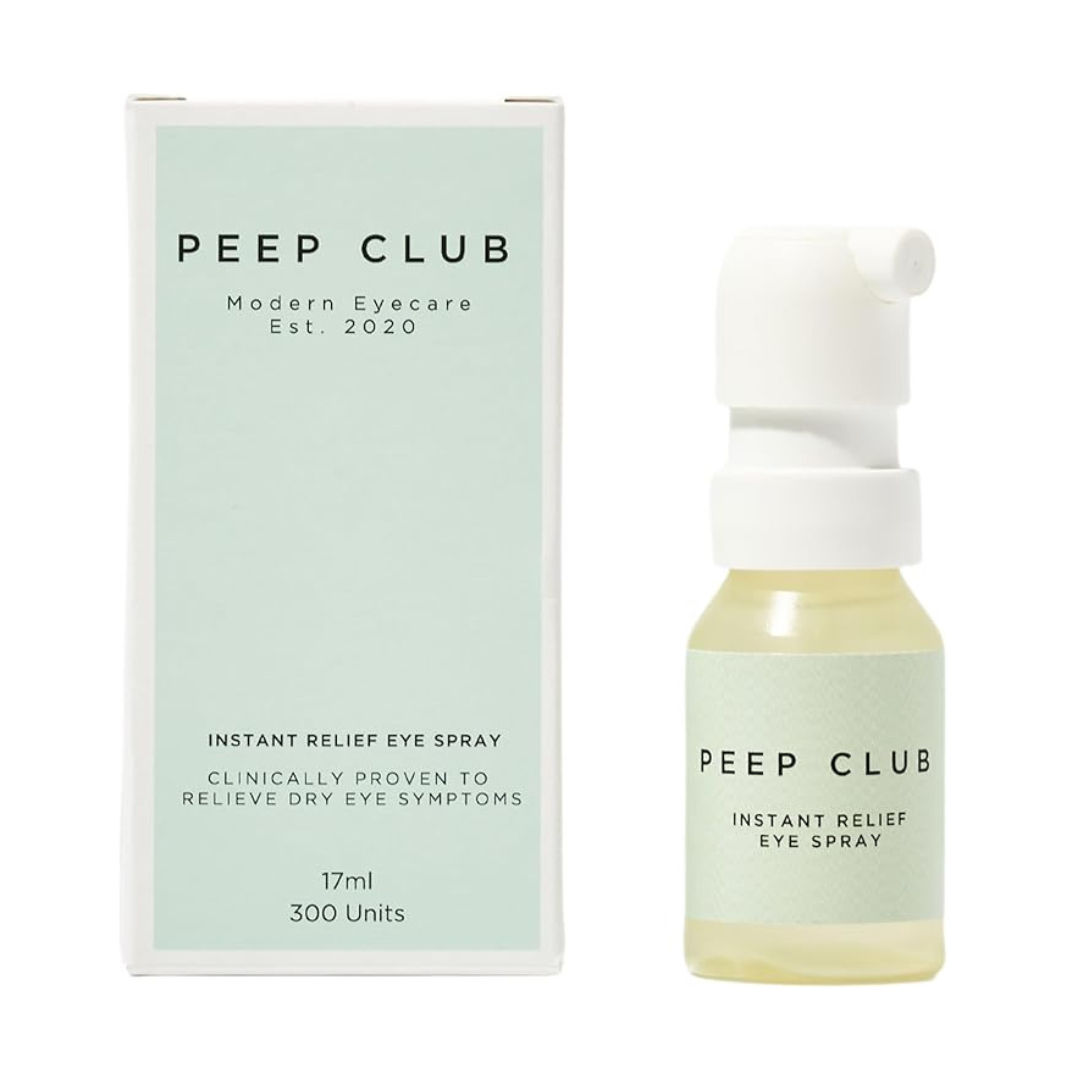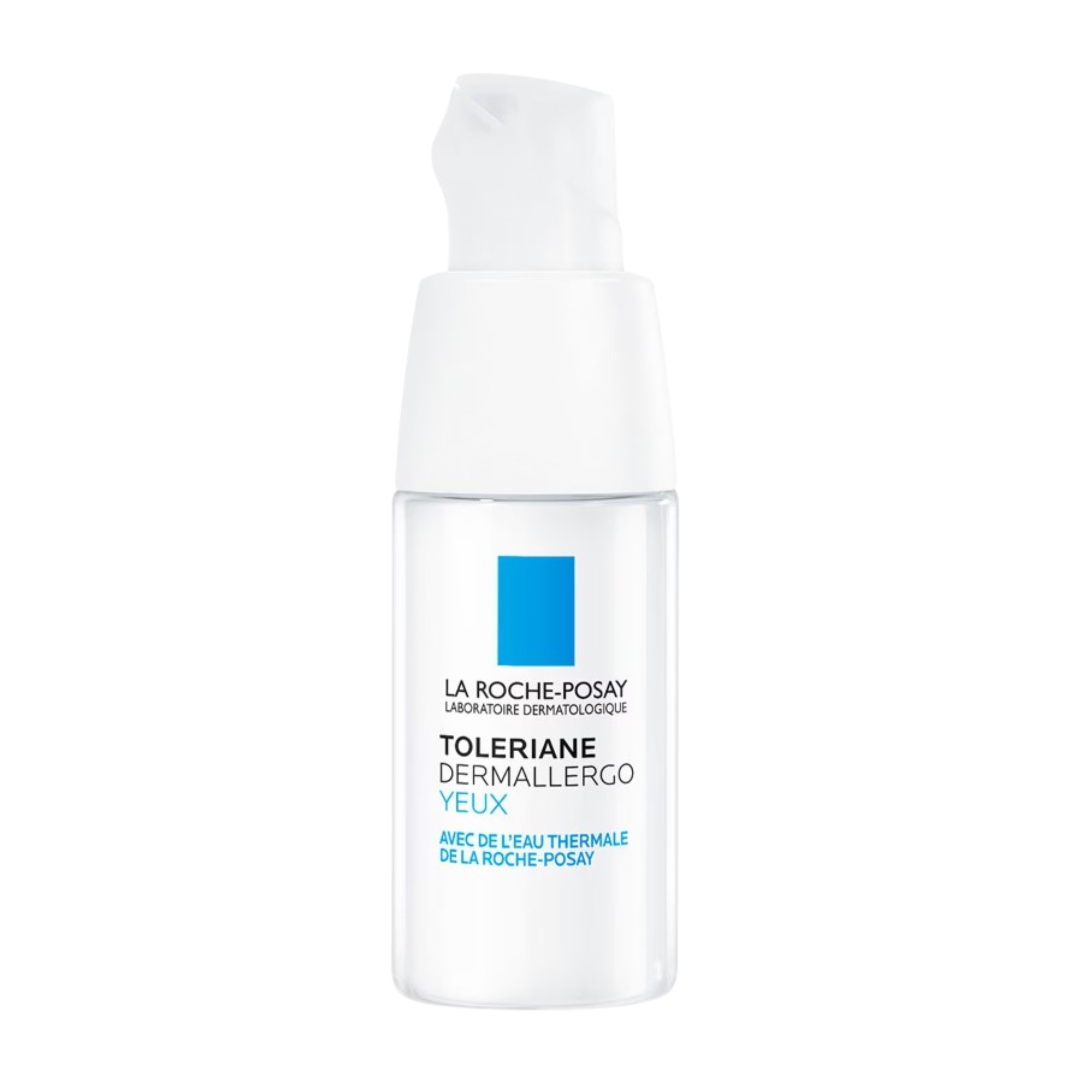I worried lash serum was bad for my eyes - so I asked an optometrist to find out
Are lash serums bad for your eyes? Our no-nonsense optometrist-approved guide has all the answers...


Using a lash serum has made a noticeable difference to my eyelashes in terms of growth and length, to the point that I am now often asked about my lashes and what products I’m using. However, a recent trip to my lash technician for a lash lift opened up a conversation about the safety of lash serums – particularly in the long term.
My lash tech shared some concerning notions she had heard, namely that the use of these products can leave marks on the delicate eyelid skin. She also mentioned the belief that as soon as you stop using even the best eyelash growth serums, lengthening effects will almost instantly stop in their tracks – which isn’t ideal.
I wanted to speak with a qualified expert to determine the safety – and prolonged efficacy – of these pricey serums. As such, I enlisted the help of the expert optometrist and Peep Club co-founder, Nicola Alexander-Cross. Here's what she had to say on the matter...
Are eyelash serums safe for your eyes? An optometrist explains the potential side effects
Nicola begins by reassuring me that, “most reputable lash serums are considered safe enough if they're used per the instructions.” However, she says it’s crucial to distinguish between the different types of products. “There are, generally speaking, two types of lash serums, which are differentiated by the active ingredients they use to help grow or boost the lashes: ones that use prostaglandin analogues and ones that don't (and instead use peptides, fatty acids or vitamins, for example).”
Of the two, Nicola says that the non-prostaglandin analogue serums are generally safer for those with sensitive eyes. However, there are several important caveats. “First of all, most lash serums are intended for use for only 6-12 weeks – that's how long the little mascara tube-type package should last – at a time," she explains. "They are not intended for regular daily use for 52 weeks of the year."
“Second of all, we are learning a lot more about the potential long-term side effects of the ingredients added to make the lash serums shelf-stable." She gives the example of the preservatives used in lash serums, which "can be quite damaging long term if used daily around the eyes and could cause dry eyes. For example, phenoxyethanol is a super common preservative used in most lash serums and has been found to be damaging to the cornea.”
Generally, however, the most common negative side effect “is eye irritation, sensitising and risk of developing allergies or dry eyes,” which are usually relatively minor. However, there is a small chance of redness or the skin on your eyelids changing in colour, which Nicola says is key to look out for. “This is usually inflammation or irritation caused by the serum sensitising the skin,” she says. “Prostaglandin analogues have been reported to cause darkening of the eyelid skin, although you can manage this risk by not using the product for longer than it was intended (e.g. a maximum of 12 weeks).”
Sign up to our free daily email for the latest royal and entertainment news, interesting opinion, expert advice on styling and beauty trends, and no-nonsense guides to the health and wellness questions you want answered.
How to safely use lash serums, according to experts
Despite the potential risk for side effects, Nicola does agree that “The one thing we do know for sure is that both types of lash serums are effective tools in how to grow eyelashes – so long as they are being used daily.” However, she notes, “the effects will only last as long as you use the serum. A few months after a lash serum stops being used regularly, lashes will return to their original length and volume.”
This is something to consider, as lash serums really should only be used for a certain amount of time to prevent any adverse side effects from developing, as mentioned. If you do encounter any sensitivity, irritation or dryness, Nicola recommends: “Taking a 3-6 month break from the lash serum and giving your ocular surface TLC to restore (like using preservative-free lubricating drops or sprays – like our Peep Club Instant Relief Eye Spray).”
Similarly, for redness or inflammation, Nicola “would recommend stopping use [of the serum] as it could turn into a nasty reaction which, ironically, could damage the eyelash hair follicles and cause permanent lash loss.”
In general, however, there are certain tips you can follow to ensure safety and efficacy while using your chosen product. She says it’s best to use them at night (when your eyes will be closed and still), to choose a serum from a reputable, well-known brand, and also to invest in an eye lubrication product for peak eye health and to prevent drying.
And most importantly, never overuse eyelash growth serums. “I advise my patients that if they really feel that they need a boost to their lashes and would like to use a lash serum they should do so for 2-3 months – for example, before a big event or their summer holidays (it takes about 4-6 weeks to see the results of using a lash serum) and then after that they should discontinue use for at least 6 months to give their eyes a chance to recover and to avoid getting sensitised to the product.”
Expert-recommended lash serums and eye health products
Rebecca (best known as Becky) is a freelance beauty editor and features writer with a decade worth of experience in the industry. She started her career at Glamour UK and has since worked in roles at titles and brands such as Eliza, Bustle and Space NK. She has written for British, US and Australian publications, from Marie Claire and Refinery29 to Stylist and The Coveteur.
She is a keen traveller and often works on the road, covering everything from beauty and fashion to sex, love and dating. Her favourite pieces to write are first person features born from her experiences in the world. She is proudly queer, feminist and pro-choice, and advocates for mental health issues and women's rights. You can check out her work at her portfolio and on her Instagram.




